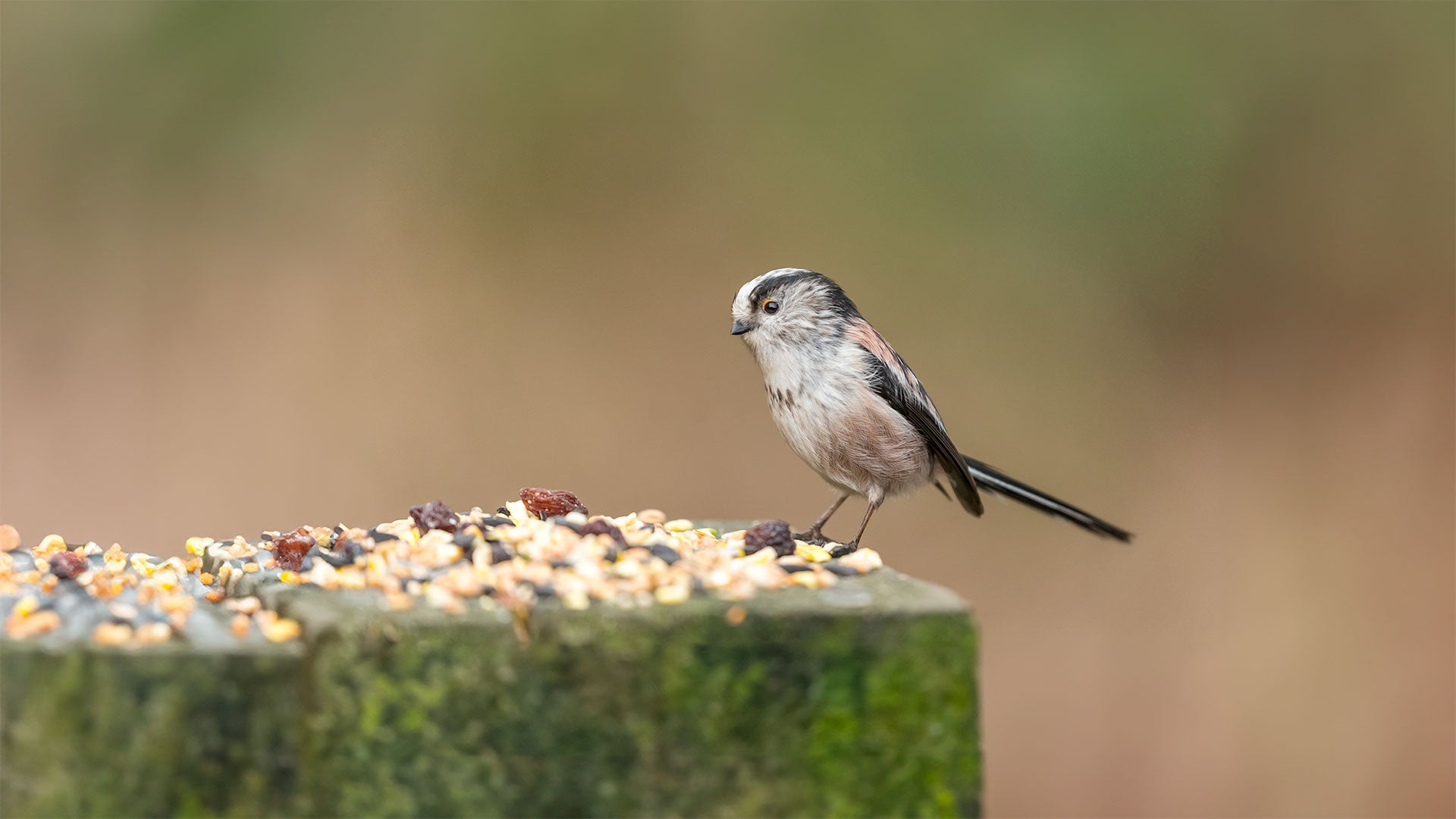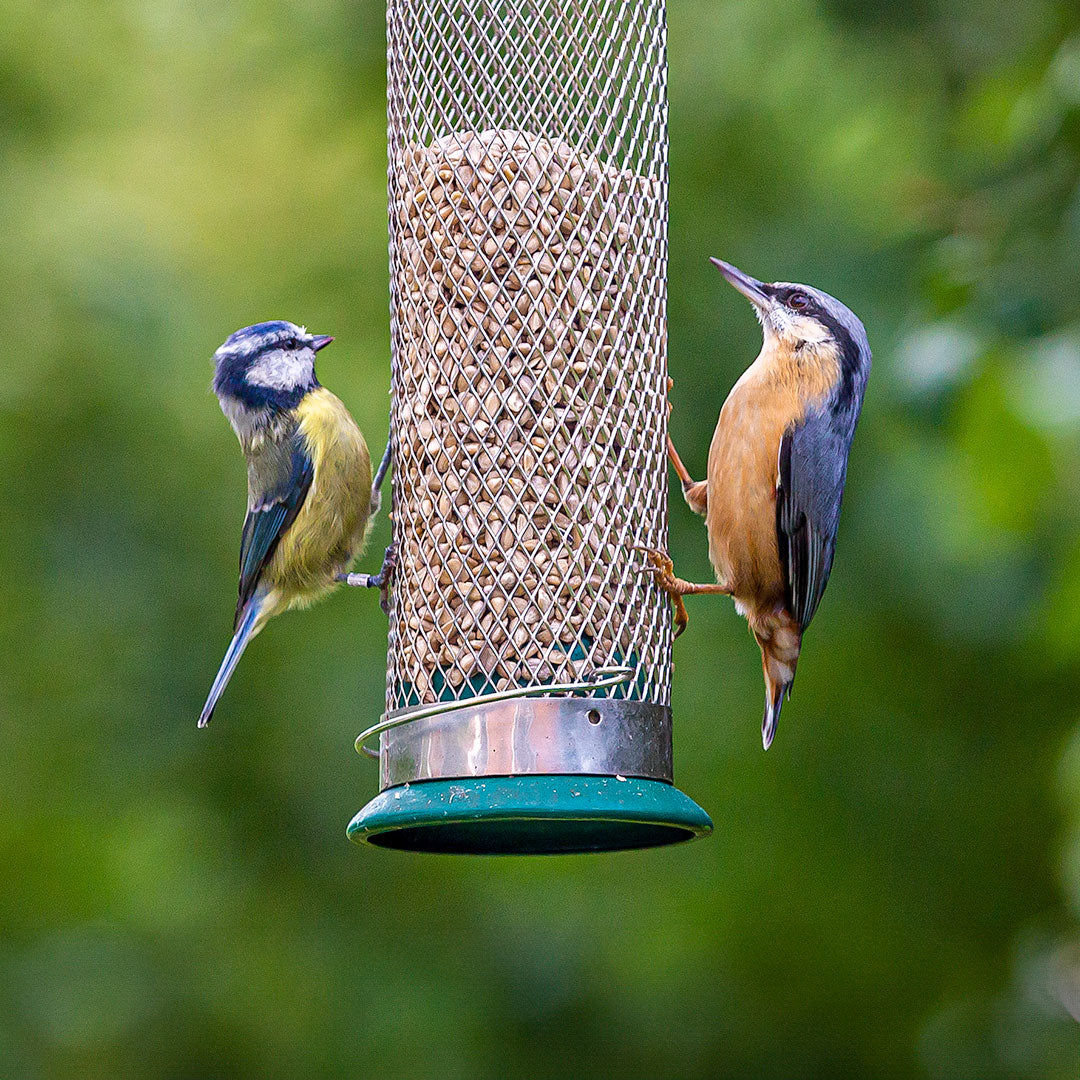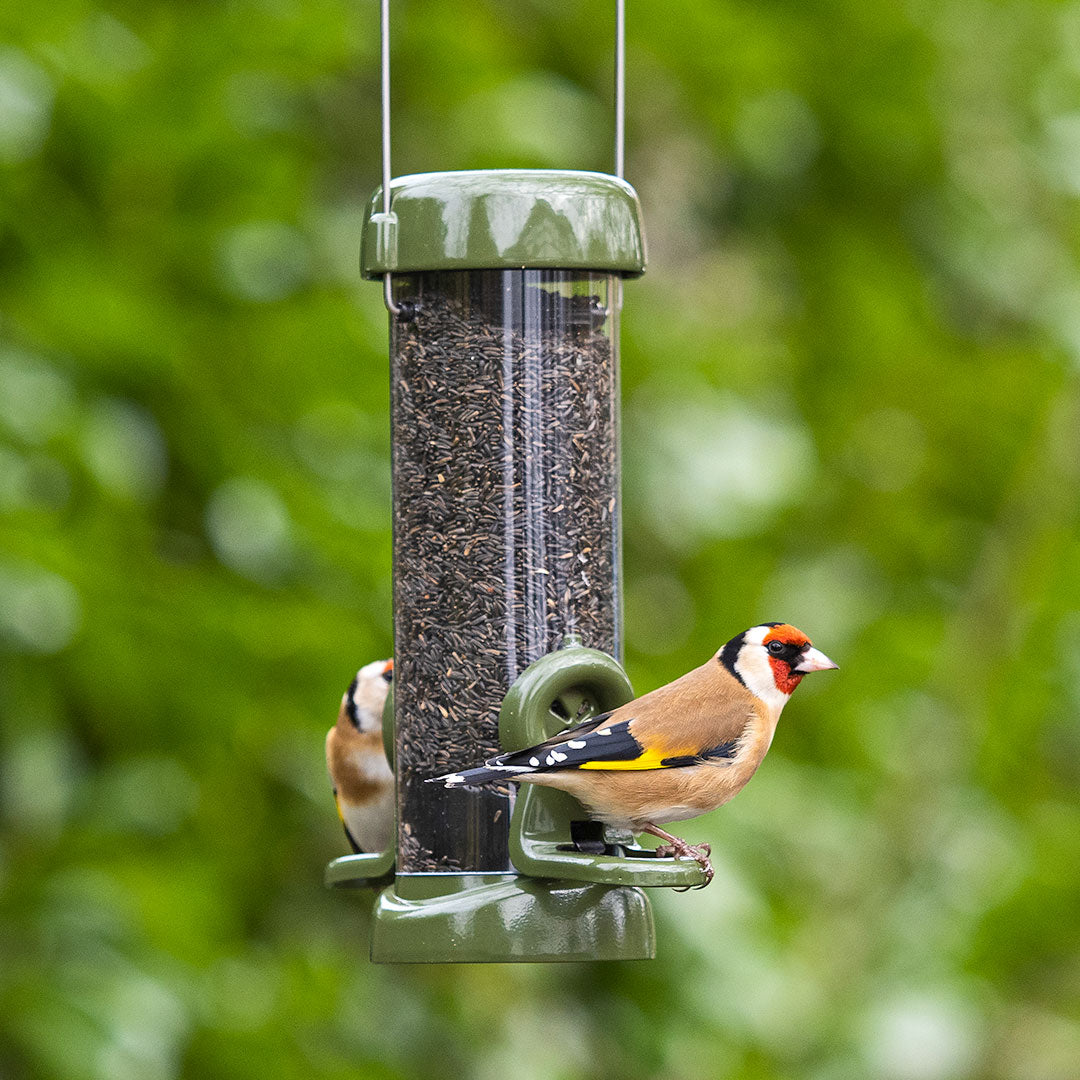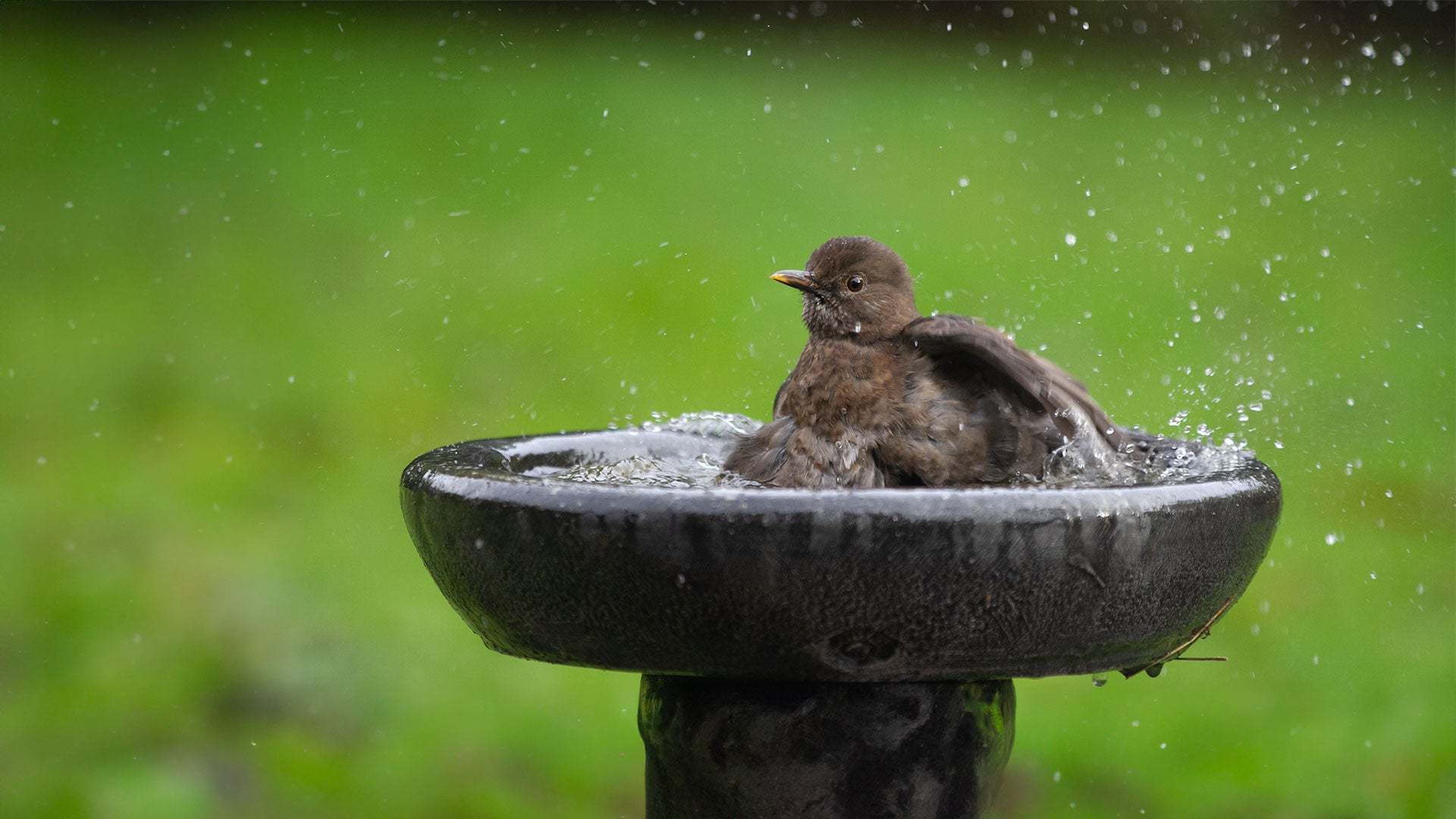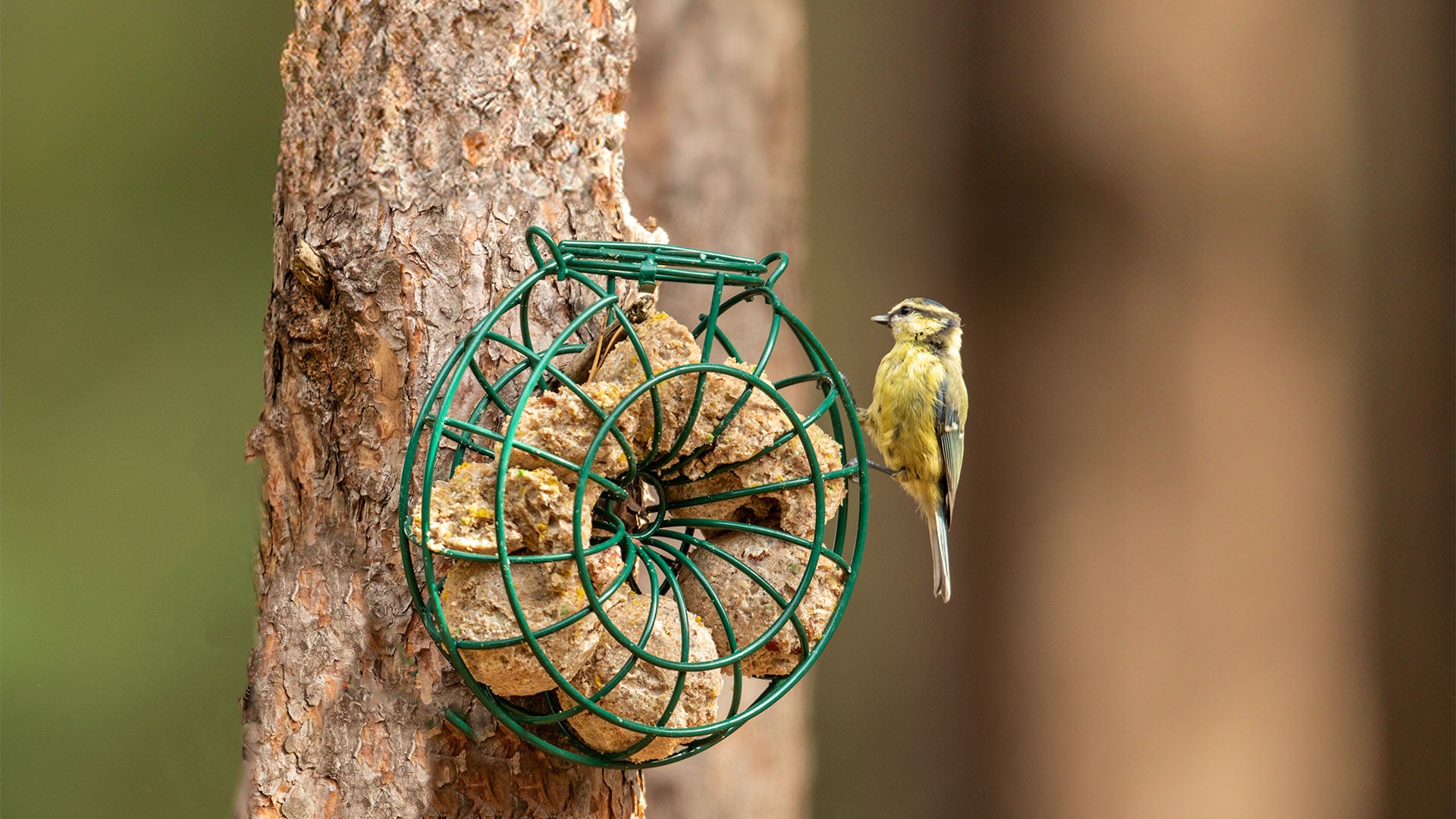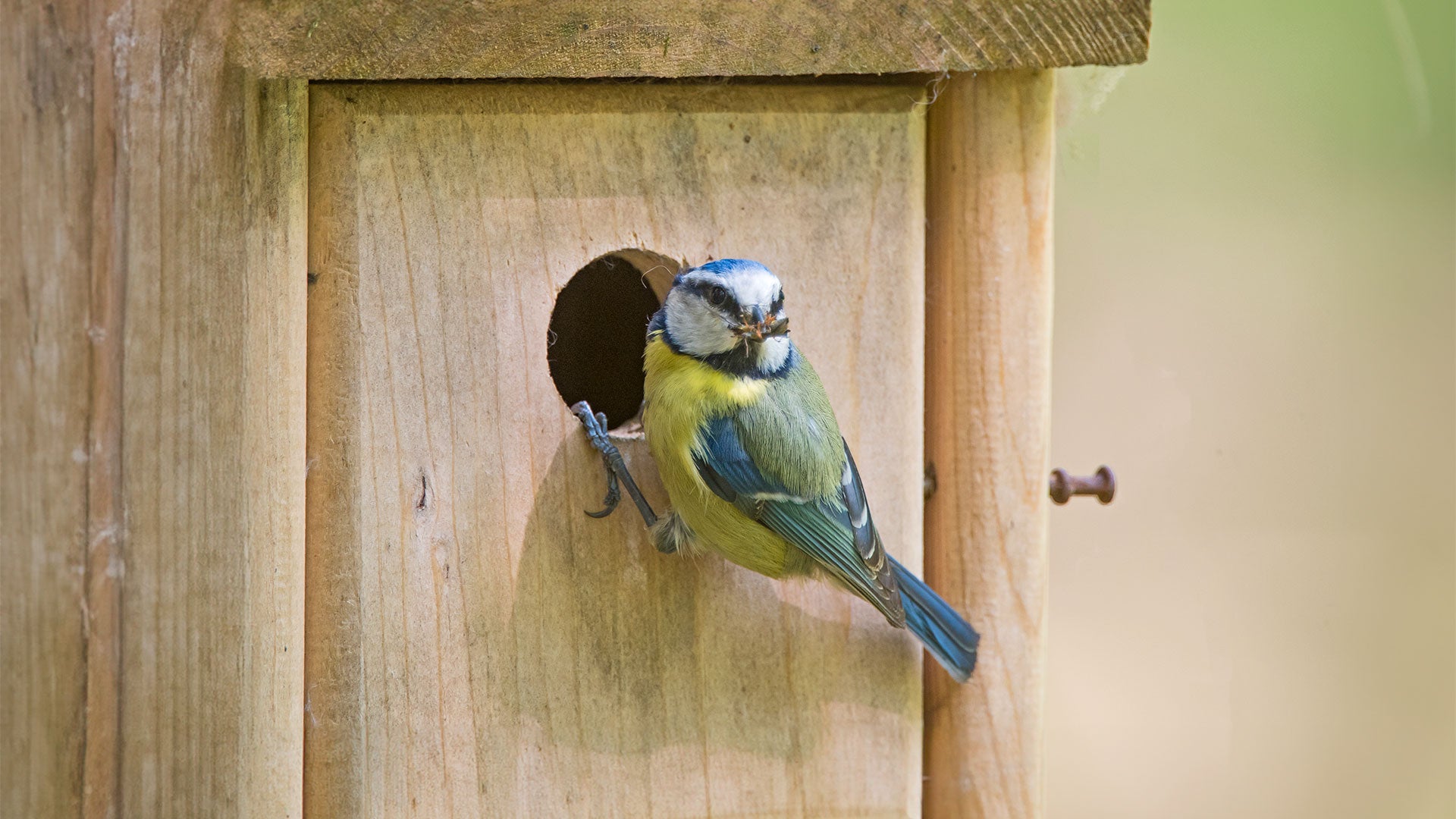A - Z Garden Bird Identification Index
(Poecile palustris)
Marsh tits are easily confused with willow tits, and even experienced birders find identification difficult. The best way to tell them apart is by their calls. A willow tit has a ‘tsshey or aeg’ call whereas a marsh tit call sounds like ‘pitchou’.
What does a marsh tit look like?
Length: 11cm.
Adult (male and female alike) are shiny, have jet black forehead, crown nape and chin. They have a brown mantle, scapulars, back, rump and upper-tail coverts. Cheeks and ear-coverts are white, with whitish-brown sides of the neck. Their under parts are dirty white tinged brownish on the flanks. The bill is black and they have grey-blue legs. The Marsh Tit is very similar to the Willow Tit and is best distinguished from it by the voice. The Marsh Tit has no pale patch on the wing, although this is not easy to observe in the field. The young resembles the adult but is tinged greyish and the under parts are white.

What does a marsh tit sound like?
Their call is a ‘pitchu’, also a ‘tchaay’, which is less grating than the Willow Tit’s. Their song is a monotonous and rattling ‘schep-schep’.
When and where do marsh tits nest?
Breeding starts from mid-April. The nest is a cup of moss lined with hair and feather to form a felted layer. The nest is built by the female alone and is situated in a natural hole in a stump or tree or sometimes in a wall; although sometimes the female may excavate the hole herself.
The females will lay between six to nine eggs, white in colouration with reddish-brown speckles. They usually only have one brood in the north of their range and two broods in the south. Incubation is carried out by the female alone for thirteen to seventeen days. Both the male and females will tend to the young until they fledge after sixteen to twenty-one days.
Marsh Tit nesting habits
The eggs hatch after thirteen to seventeen days of incubation, the young remain in the nest for sixteen to twenty-one days before fledging.
Marsh Tit habitat
Widely found across many parts of the England and Wales. Commonly Marsh Tits favour habitats such as woodlands with undergrowth to forage through. These birds are rarely seen in groups and prefer to be solo or as a pair, and will remain within their territory all year round.
What do marsh tits eat?
Eats mainly insects and larvae. Will also consume seeds and berries.
Where to feed marsh tits
Feeders – Ideally above 1m in height
Table Feeder – Open topped covered
Ground – Not suitable
How long do Marsh Tits live?
The average lifespan is 2years with breeding at 1 year. The current known record for this species is 11years 3 months, set in 2015.
Where do Marsh Tits go in the winter?
Marsh Tits stay paired through winter and will remain within their territory even in hard weather.
Where do Marsh Tits sleep?
They will rarely use a nest box and will sleep in natural holes.
How to attract Marsh Tits to your garden?
You can encourage these birds into your garden using black sunflower seed and suet products, but usually your garden would need to be near woodland

